The performance skills and requirements of traditional Chinese flower arrangement art
Comply with the growth rules of plants and pay attention to the beauty of lines
Flower arrangement has always attached great importance to the expressiveness of linear materials, believing that lines are more interesting and lively than planes. Therefore, woody branches are often used as the main materials, and the shapes of branches are used to express different connotations. Thick branches and strong trunks express majestic momentum; slender branches express warmth and beauty. The moving lines give people a sense of freedom and unrestrained beauty; the lines that follow the trend have a sense of rushing down; the winding lines have the charm of gurgling streams.
Artistic techniques of flower arrangement
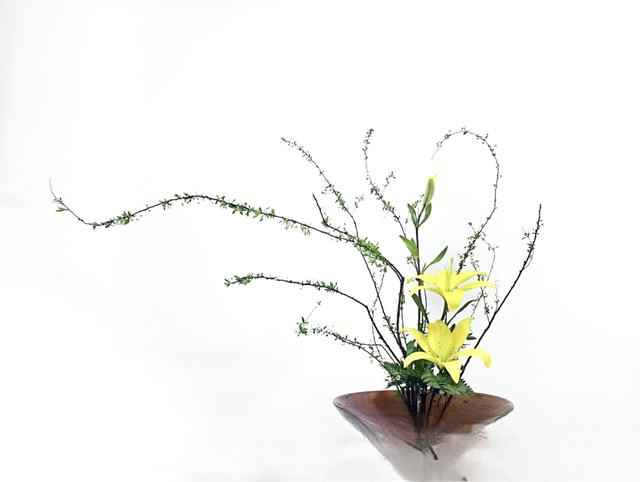
The handle is easy to tighten and the bottle mouth should be clear
This is the basic requirement and main feature of natural flower arrangement. When arranging flowers, the flower pot is regarded as the earth, and the bases of the branches should be concentrated and close together, just like a plant growing vigorously out of the flower pot.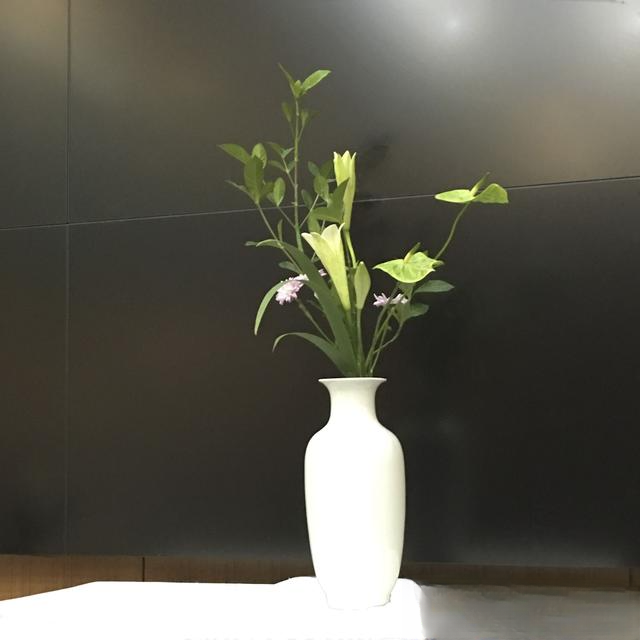
Scattered above and gathered below, light above and heavy below.
Scattered on top and gathered on the bottom means that the bases of the various parts of the flower materials should be gathered together like a tree trunk, twisted into a force, as if they were from the same root, like the same light source (the same light source). The upper part should be scattered like branches, giving full play to individuality, spreading out appropriately, and being graceful. This will give the work both a varied and rich personality and a unity. The key to flower arrangement is to gather the bases of the flowers together, and naturally disperse the upper part, like a bush, naturally orderly.
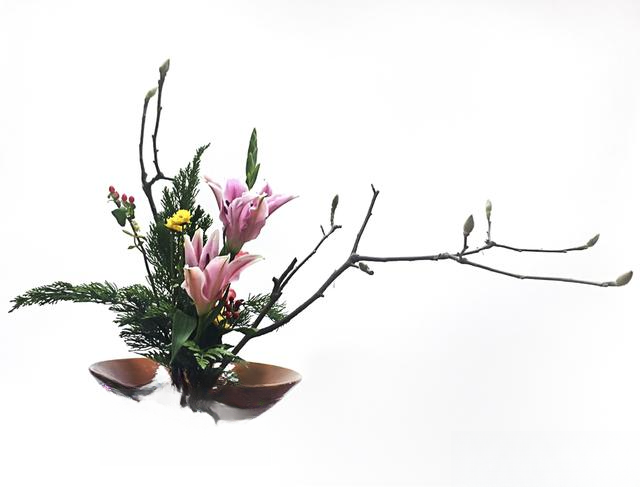
Light on top and heavy on bottom: the buds are on top, the full bloom is on the bottom; the light colors are on top, the dark colors are on the bottom, in an orderly sequence, and completely natural.
The heights are staggered and the arrangements are well-organized.
The flowers should be placed in different heights and should not be placed on the same horizontal or straight line. The flower arrangement should not be too evenly symmetrical or evenly arranged in a row. They should be arranged in different heights and stretches, which is in line with the natural growth form of plants and the requirements of the structural layout of calligraphy and painting. The shape should not be too simple, but should be varied to give people a sense of wanting more and enjoy the appreciation of the flowers.
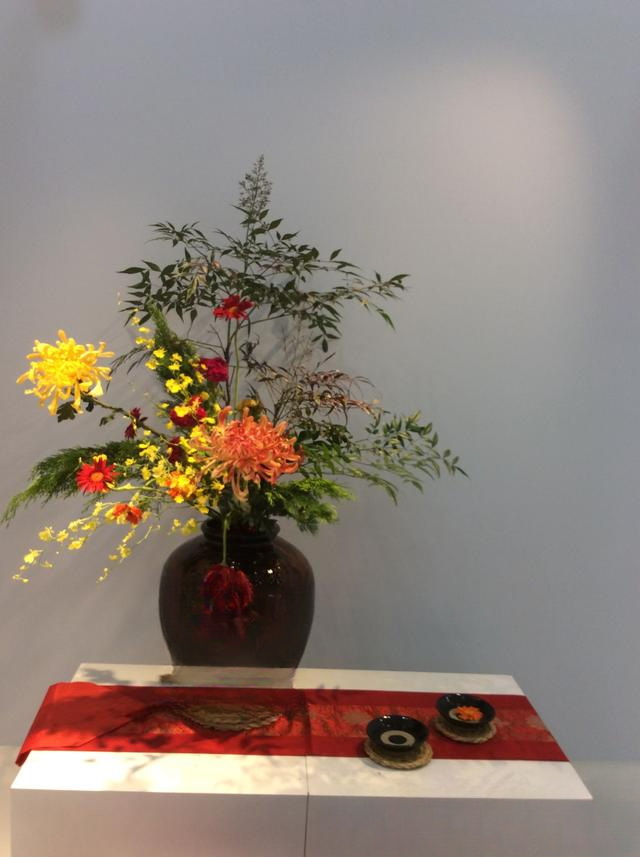
Combination of the real and the virtual, and combination of hardness and flexibility.
Flowers are real, leaves are virtual. Flowers without leaves lack a foil, and leaves without flowers lack substance. This is what is called "red flowers need green leaves to support them." With reality and virtuality, there are layers, depth and vitality. Flowers should not be arranged too densely, otherwise they will not be breathable and the unique charm of each flower cannot be revealed. There should be space between flowers. Leaving space provides "growth" space for branches and also leaves room for people's imagination.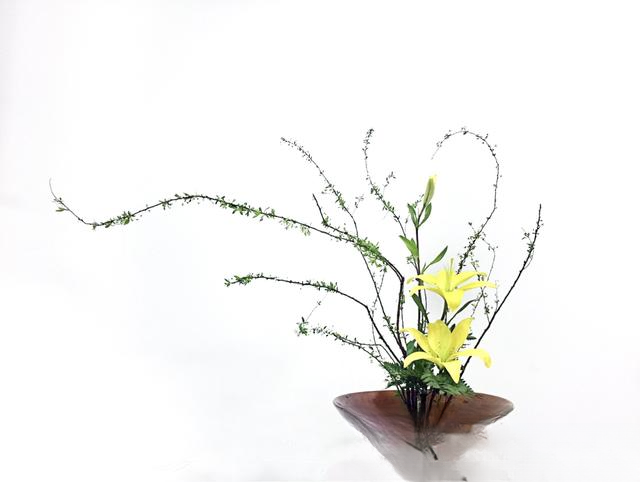
The density is well-arranged, and the shades are appropriate.
Flowers and leaves should not be arranged at equal distances, but should be arranged sparsely and densely, with a sense of rhythm; the materials for flower arrangement should not be airtight, there should be space between flowers, or they should be separated by small flowers or broken leaves, which is called emptiness.
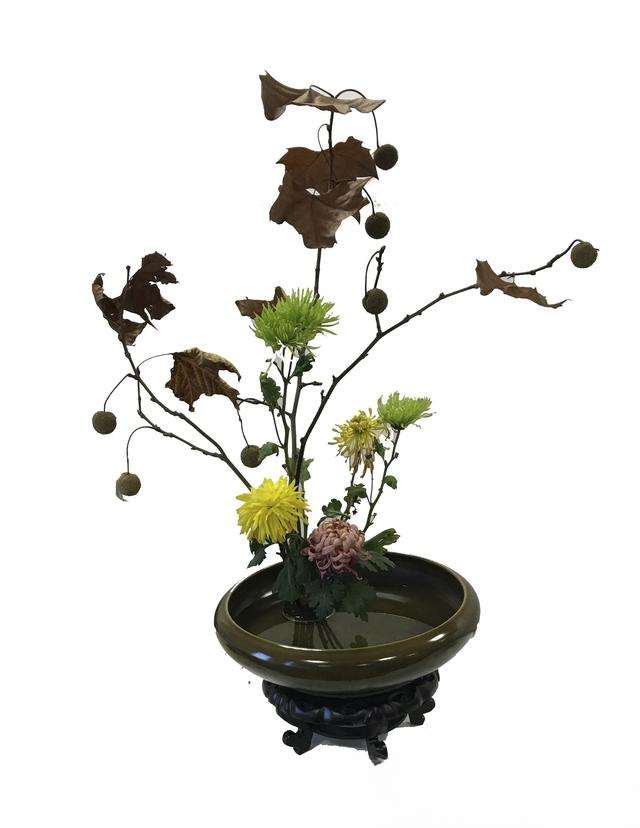
When the color of the flower is too strong, it is advisable to use light-colored flowers to dilute it. When the material is too hard and heavy, it is advisable to add some soft branches and leaves to soften it. Leave blank space, blank space creates lingering charm, and leave blank space between the density of the material, which makes people feel that a situation arises spontaneously.
The ups and downs echo each other, and the movement and stillness are appropriate .
The center should be established, and the surrounding flowers and branches should echo each other around the center, which can highlight the theme and have a sense of balance. The echoing relationship in the color and direction of the flowers is that the materials are interconnected, interpenetrated, and integrated. Avoid the backs of flowers and leaves facing each other, facing one side, and not echoing each other; there should be both static symmetry and dynamic staggered.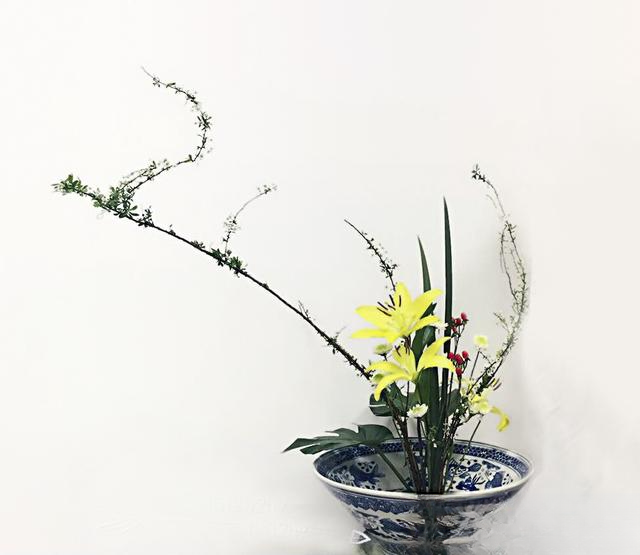
The host and guest are clearly distinguished, and the artistic conception is exquisite.
When arranging flowers, the main and the guest must be determined so that the theme is focused and the main and the secondary are not unclear and scattered. The "main" refers to the main content, main flowers, main colors and main postures of the work. A work cannot have too much content, otherwise it will be messy and difficult to follow.
Artistic conception refers to a kind of connotation and realm that can make people feel and comprehend, which is infinite but difficult to explain in words. It is the unity of form, spirit, emotion and reason, and the coordination of reality and existence. It is both unexpected and contained in the image. Pay attention to the beauty of the content expressed by the flowers, that is, the beauty of artistic conception. Pay attention to borrowing objects to convey meaning, conveying spirits through form, rich and colorful connotations, implicit and profound artistic conception, intriguing and revery, expressing poetic and picturesque feelings, and excelling in beauty, diversity, elegance and extraordinaryness. This is not found in Western flower arrangement or even other flower arrangements.
(1) Implications in flowers. People give flowers and trees symbolic meanings based on their growth characteristics or characteristic forms, and incorporate their personal feelings into them, so as to express their feelings and teach them through flowers.
① Determine the meaning by the homophony of the flower name. The names or aliases of flowers and plants and their homophony are often the source of the symbolic meaning of flowers, such as lily, daffodil, marigold, peach blossom, evergreen, lucky bamboo, fortune tree, etc.
② Determine the meaning based on the image of flowers and trees. ③ Determine the meaning based on the growth habits of flowers and trees. Flowers and trees are often evaluated based on their growth characteristics and shape, color, fragrance, quality, spirit, and character.
④Determine the meaning according to legends and seasons.
(2) The naming of the work and the expression of artistic conception. The naming plays a finishing touch to the artistic conception of the flower arrangement work, guiding the audience to associate with the work and resonate with the author emotionally.